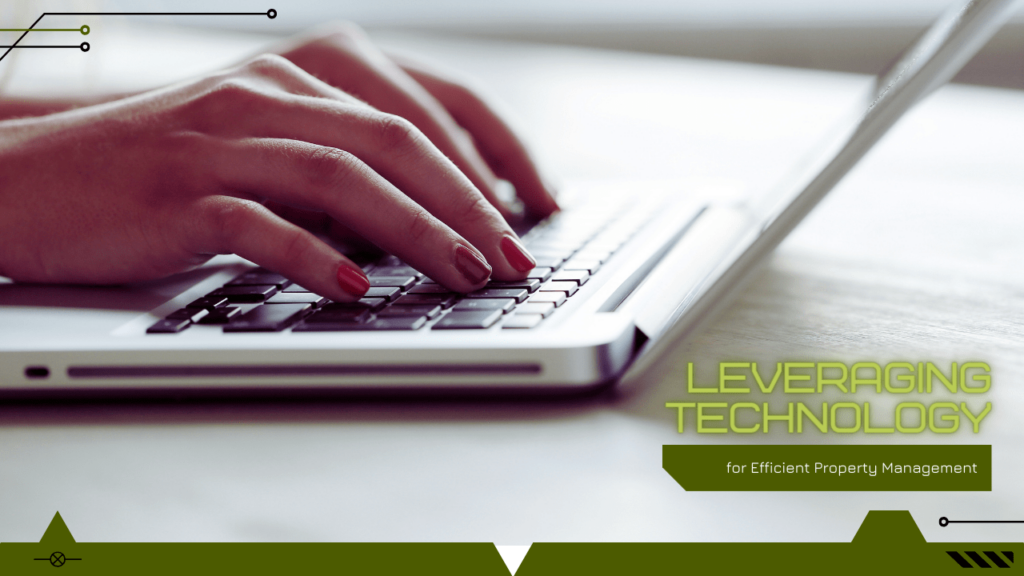
Introduction to Technology in Property Management
Technology is transforming industries globally, and real estate is no exception. For Berkeley property managers facing rising costs and tenant expectations, leveraging technology is key to gaining operational efficiency, informed decision making, and improved financial performance.
The Evolution of Property Management in Berkeley
Berkeley’s rental property scene has expanded rapidly over the past decade driven by UC Berkeley’s growing student population and young working professionals preferring to rent. Managing hundreds of residential plus commercial units now needs scalable solutions that technology provides.
The Role of Technology in Modern Real Estate
Specialized proptech software now delivers automation across marketing listings, applicant tracking, lease generation, rent collection, maintenance requests, and financial analytics. Integrated systems unify end-to-end workflows for simplified operations and advanced data insights.
Emerging Technologies Revolutionizing Property Management
Automation Tools and Software
Automation allows improving the velocity of high-volume administrative tasks. Online portals automatically list available rentals across major sites while scheduling showings via self-touring lockboxes. Applicant screening tools standardize filtering on custom criteria for faster decisions while eSign services finalize contracts.
Automated Rent Collection Systems
Digital rent collection software issues recurring invoices and tracks payments with automatic bank imports, reducing accounting effort. Custom reminders ensure consistent follow-ups on delinquent accounts, improving on-time collections.
Online Maintenance Request Processing
Mobile apps allow tenants reporting issues easily with automated triaging based on urgency, location etc. to optimize assignment. Standard troubleshooting guides also diagnose and resolve common problems without needing technician dispatches.
Data Analytics in Real Estate
Centralized data in property technology software unlocks invaluable analytics for strategic planning.
Market Trend Analysis
Granular tracking of micro-market indicators over time informs pricing decisions during rentals and lease renewals. Clustering algorithms also discover distinct tenant categories to customize retention campaigns towards.
Tenant Behavior Insights
Analysis of historical maintenance requests, late rent payments and lease durations by unit features pinpoints potential value-add opportunities through capex improvements or policy updates.
The Impact of Machine Learning
Emergent capabilities in predictive modeling and deep learning allow asset managers to foresee outcomes earlier from learnt data patterns.
Predictive Maintenance Algorithms
Machine learning models identify probable equipment failures to allow preventative servicing rather than expensive reactive fixes. Early warning risk scores here optimize maintenance spending and tenant experiences.
Dynamic Rental Pricing Models
Algorithmic rental rates forecasting harness vast information on unit features, prior lease comps, external demand indicators to maximize occupancy and rental yields optimally. Humans cannot process such multivariate data with equivalent foresight.
Benefits of Integrating Technology in Property Management
Enhancing Operational Efficiency
Streamlining Administrative Tasks
Process automation delivers exponential productivity gains in high-volume listing, resident screening and rent tracking activities, allowing staff reassignment to specialized roles.
Optimizing Resource Allocation
Centralized visibility and predictive analytics optimizes asset planning and deployment decisions on pricing, capex budgets, resource levels and location expansion.
Improved Decision-Making Through Data
Data-Driven Investment Strategies
Quantified problem areas through granular analytics justify equipment upgrades or community amenities investment for better yields. Tracking return on tech investments also informs future budgets.
Enhanced Tenant Screening Processes
Customizable filtering based on digitized applicant records enables balanced leasing decisions aligning risk exposure and vacancy costs during changing market conditions.
Financial Advantages
Cost Reduction Strategies
Automating repetitive tasks saves substantial man-hours while predictive models minimize unplanned downtime via preemptive maintenance. Remote tenant self-service also contains overhead.
Maximizing Profit Margins
Optimal dynamic pricing, informed capex planning, higher retention from experience improvements and leaner operations maximize yields over the asset lifetime.
Real-World Applications: Case Studies from Berkeley
Case Study 1: Residential Property Management
Implementing Smart Home Technology
Installing smart home infrastructure allows remote monitoring of unit access, humidity, smoke etc. for proactive alerts to tenant risks like burst bathroom pipes. Such moves however require overcoming resident privacy concerns.
Results and Impact Analysis
Ongoing pilots around voluntary installation of select sensors demonstrate 10-15% higher customer satisfaction from reduced emergency incidents. Positive feedback here paves the path for wider smart infrastructure adoption.
Case Study 2: Commercial Property Management
Utilizing AI for Tenant Services
Leveraging conversational AI chatbots for addressing tenant queries has promising applications for commercial assets rented to enterprise clients. 24/7 availability here raises service quality while the unified interface lowers training overheads despite staff turnover.
Evaluation of ROI and Tenant Satisfaction
Pilots utilizing AI chatbots demonstrated over 20% increase in query resolution rates. Improved satisfaction metrics here build loyalty among commercial tenants who value uninterrupted operations – converting strongly into lease renewal decisions.
Overcoming Challenges in Adopting Technology
Navigating Initial Implementation Hurdles
Addressing Cost Concerns
The payback period for technology spending is shrinking with SaaS models and rapid efficiency gains. Gradual onboarding beginning with priority pain areas is recommended to demonstrate quick ROI wins for wider adoption budget.
Training and Change Management
Simplified interfaces directly yield user adoption while positive end-user feedback loops sustain usage and accelerate transformations. Maintaining hybrid processes during transition is prudent till stability is established.
Long-Term Strategy and Scalability
Keeping Up with Technological Advancements
Regular tech capability assessments must accompany core operations. Prioritizing tools that integrate emerging data sources like IoT alongside traditional systems future-proofs technological infrastructure.
Planning for Future Expansion
Cloud-based software solutions allow seamless scaling, however internal cycles of use case expansion planning must accompany growth. Institutional expertise development here sustains innovation alignment to business goals over time.
The Future of Tech-Driven Property Management in Berkeley
Predicting Upcoming Trends
Expect deeper AI infusion – converting ‘reactive data analytics’ into ‘proactive autonomous decisioning’ across pricing forecasting, risk alerting and process orchestration. Computing power enhancement will unlock precise recommendations at individual asset levels.
Preparing for Future Innovations
Change management remains vital as exponential advancements challenge the status quo. Best practices include versatile skill building for human teams, localized automation pilots and iterative goal setting to smoothly integrate step innovations.
Conclusion: Embracing Technological Advancements in Property Management
The Road Ahead for Berkeley Property Managers
 Progressive owners proactively integrating proptech solutions will lead the market through superior efficiency, decision rights and tenant experiences. The future lies in tech-accelerated performance.
Progressive owners proactively integrating proptech solutions will lead the market through superior efficiency, decision rights and tenant experiences. The future lies in tech-accelerated performance.
